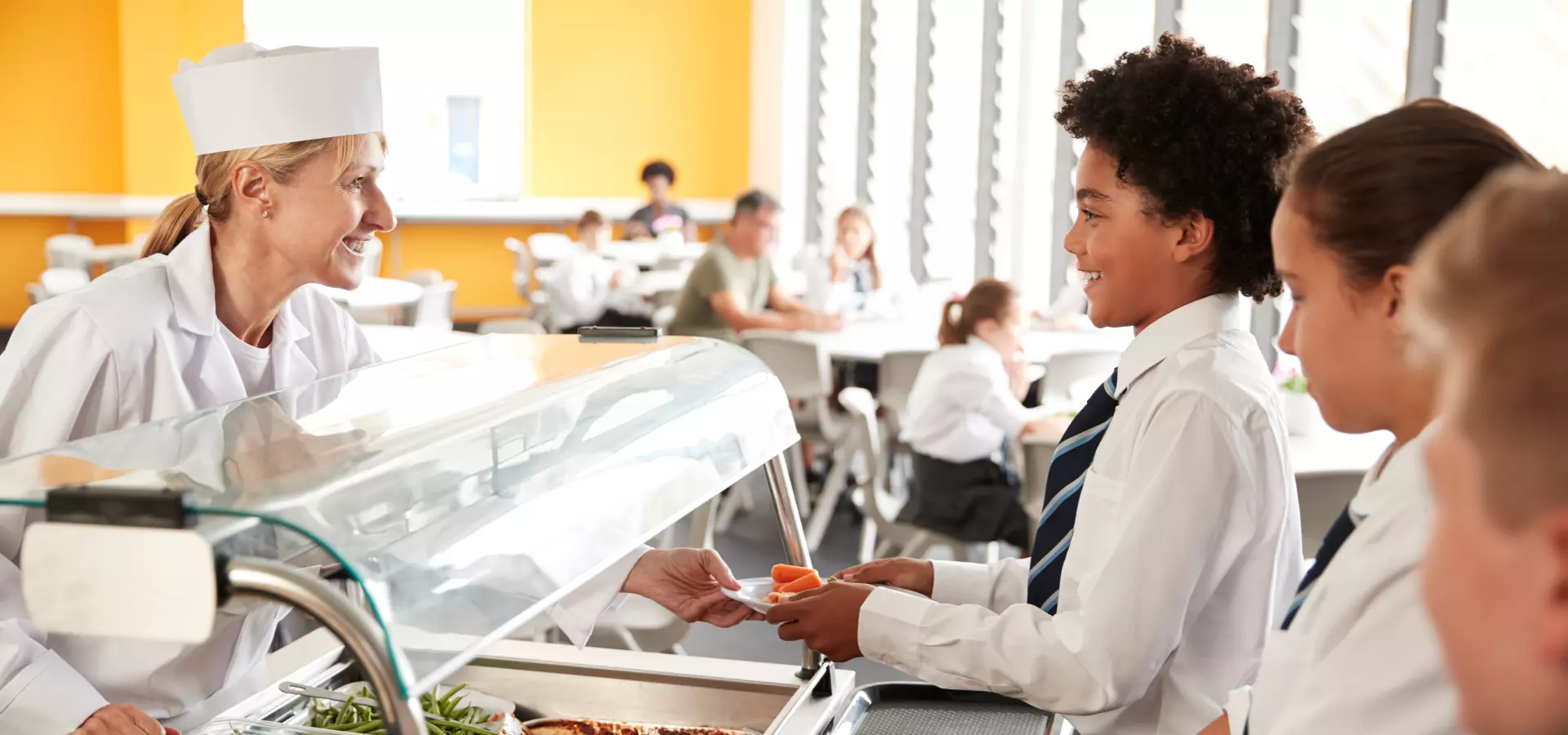
Feeding the sixty-five thousand
Over the past few years, a portfolio of research and evaluation has been undertaken and published by Fiona Crawford and colleagues on the school food environment in Glasgow.
The aim has been to understand better what influences young people’s food choices during the school day, within the context of increasing concerns regarding poor nutrition and growing levels of obesity amongst children and young people and the evidence that many of the popular foods sold in outlets near schools are very unhealthy.
Another aim of this programme of work is to learn and take inspiration from approaches to school food policy in other places such as Gothenburg, Sweden as well as from sustainable food projects and initiatives led by local people and organisations. A good example of an inspiring initiative is ‘Edible Edinburgh’ where, as part of its launch in October last year, volunteers, celebrity chefs and community groups cooked up a meal together from food that would otherwise have been wasted. This event was called ‘Feeding the 5000’ – a reference to the perennial (and indeed biblical) challenge of mass catering on a budget.
With close to 65,000 pupils enrolled at Glasgow’s primary and secondary schools, Glasgow City Council (and their school meal providers Cordia LLP) are no stranger to the challenges and complexity of mass meal provision. Below is an account from one of their pupils, Habiba Amin of Shawlands Academy, who attended our Pupil Food Summit in 2013:
“On a normal day at 12.30 the bell goes for lunch. Everyone rushes to go out to fast food outlets near our school but I stay in. Personally, I like staying inside and eating my lunch. The food in school is nicely prepared and cheap as well. The thought of going out and eating all of that cheap, greasy food isn’t very nice.
I like to eat the paninis that the school sell. They have a big variety of food but my favourite has got to be the cheese panini. The cheese is always melted and the bread is always hot. I like eating in school because it’s faster, cheaper and healthier.
Lunch time is like a holiday from the classroom; a freedom which doesn’t require learning. It’s nice to chat to your friends, but the only problem is that all of the first years get in first because they don’t have a choice. The rest of us have to wait ages to get in. Also, with all the first years staying in, there isn’t enough seating or even room for all of us.
Sometimes the food is cold or hard. Once I bought a wrap and when I bit into it, it was frozen. My mum told me that ever since she was in school the lunches have changed so much. The portion sizes have gone smaller and it isn’t as well prepared.
When my mum was in school her schools meals were really good. She said that they got puddings as well, and the portions were bigger, but because the meals were so healthy, cake was on the menu too.
I think that there should be a treat on the menu so that kids will want school lunch. I also think that there should be bigger portion sizes. The food should be better prepared, the dinner hall should be bigger and comfier. Most importantly, the first years should have a choice if they want to go out or not.”
Habiba’s reflections show that there are multiple factors that influence young people’s food choices, including taste, price, speed of service, space/overcrowding and having time with friends.
Clearly there is much that can be learned from young people such as Habiba, and by doing so we will be better placed to be able to take on the challenge of ‘feeding the 65,000’ in a healthy and sustainable way both now and in the future.
Previous
New virtue to tackle old vices
Back to